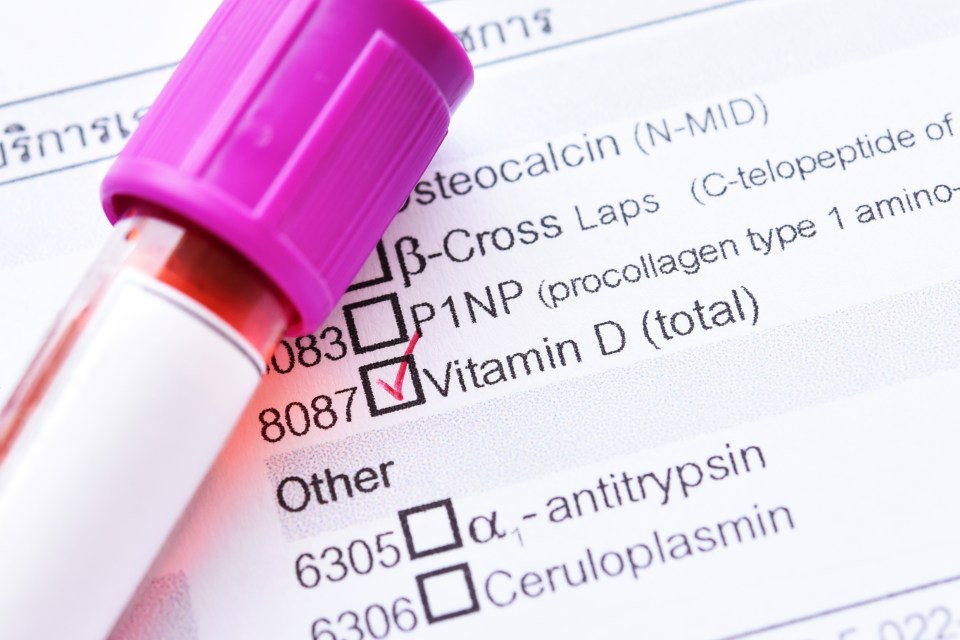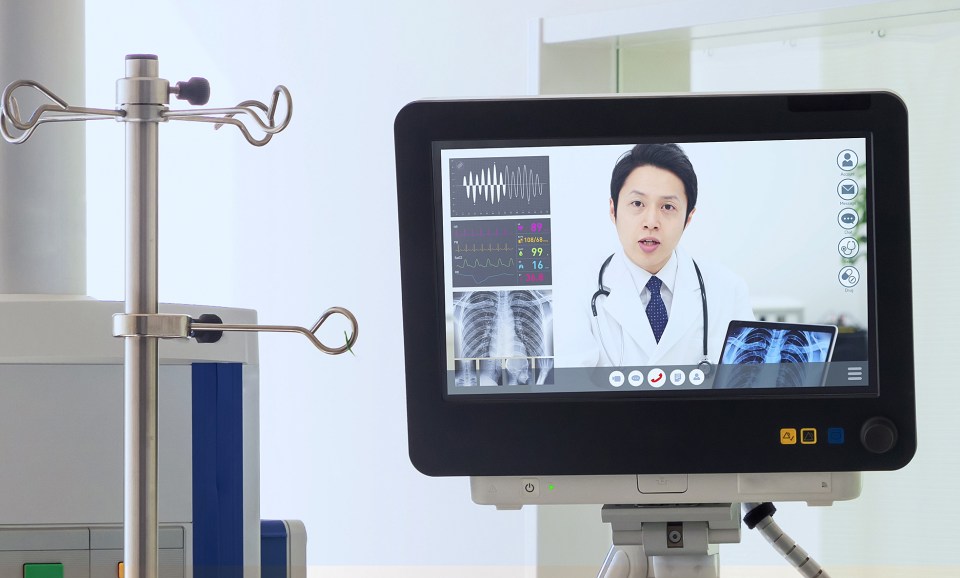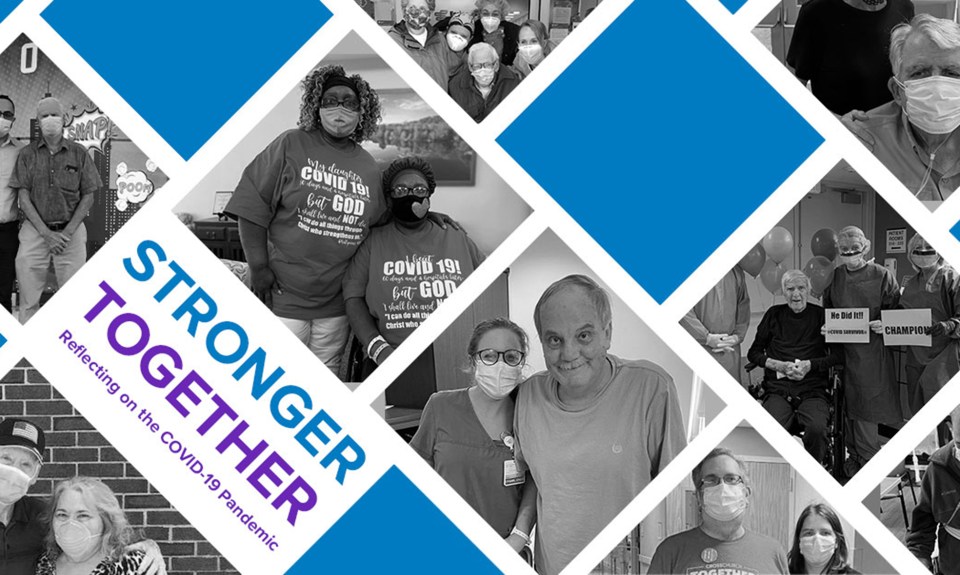Some fall risks are obvious—poor vision, muscle weakness or trip hazards in the home such as rugs and cords.
However one factor that many might not take into consideration when it comes to preventing falls, especially in older adults, is vitamin D. Vitamin D deficiencies, especially in older adults, weaken bones and muscles, thus increasing fall risks.
Vitamin D Needs and Aging
Vitamin D helps the body absorb calcium and phosphorus, which makes it vital to bone health and strength, said Devin Breedon, a registered dietitian nutritionist at Encompass Health Rehabilitation Hospital of Ocala in Florida. As you age, he adds, your body absorbs much less of the vitamin, making older adults susceptible to a Vitamin D deficiency.
“A healthy 20 year old needs about 400 IU of vitamin D,” Breedon said. “Once you get 50 or 60, you need even more – 600 – and at 80, you’re going to need about 800 IU.”
Top that with the fact that many older adults have a poor diet, Breedon said, and it ups the chances even more for a vitamin D deficiency.
Vitamin D and Fall Risks
So what’s the link between a vitamin D deficiency and falling? Symptoms of a vitamin D deficiency include weakness, muscle pain and bone loss, all of which can add to fall risks.
According to the CDC, more than one out of four adults over the age of 65 will experience a fall with an estimated 2.8 million of those falls resulting in emergency department visits. The Joint Commission has also seen an uptick in the number of hospital falls reported in 2018, with falls topping its list of reported sentinel events last year.
When patients enter his hospital, Breedon said one of the first things he does is perform a nutrition assessment that includes assessing for malnutrition, unplanned weight changes, muscle weakness, lifestyle changes and metabolic syndrome, all signs of a possible vitamin D deficiency.
Steps to Prevent a Vitamin D Deficiency
If a vitamin D deficiency is suspected, lab work can confirm it, and vitamin D supplements should be taken.
“It can definitely help slow the progression and help with strengthening,” Breedon said of improving bone health with supplements. “It’s definitely a way to slow it down.”
A proper diet and sunlight is also recommended, he said, noting that in addition to a poor diet, many older adults aren’t getting enough sun exposure, one of the body’s natural ways to take in vitamin D. Only 30 minutes of sun exposure, being mindful that only a small dose is needed to get the full effect, may provide the body with 1,500 to 2,000 IU of vitamin D.
Foods rich in vitamin D include fortified cereal, milk and juice or fatty fish such as salmon, tuna or cod.
Once vitamin D levels improve, Breedon said, they can then work to further improve their bone and muscle strength with balance exercises to reduce fall risks.
The content of this site is for informational purposes only and should not be taken as professional medical advice. Always seek the advice of your physician or other qualified healthcare provider with any questions you may have regarding any medical conditions or treatments.



